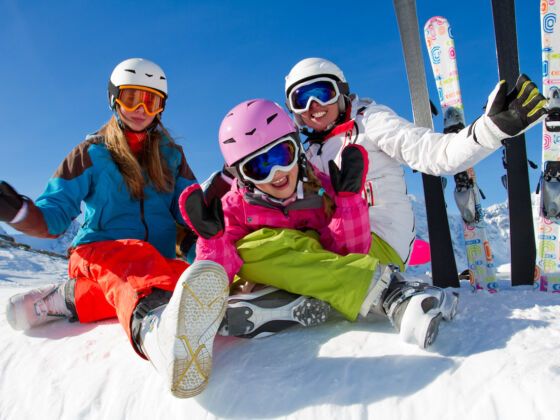Whistler Blackcomb, British Columbia
It’s going to be a huge year for Whistler Blackcomb, the hosts of the alpine skiing venue for the 2010 Winter Olympics. A good choice, seeing as the resort consists of two mountains, three glaciers, and over 8,000 skiable acres.
The base village is equally impressive, whether you’re carbing up before hitting the lifts or knocking back a few après. My recommendations: breakfast at the Longhorn Saloon (order the B.E.L.T.C.H – bacon, egg, lettuce, tomato, cheese, and ham), lunch/dinner at the Whistler Brewhouse (the parmesan chicken pasta is where it’s at).
